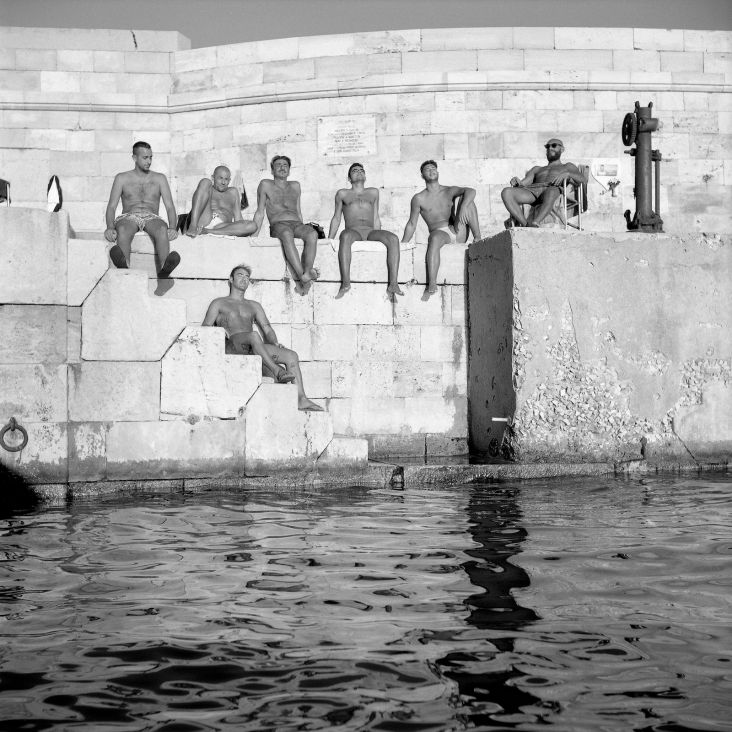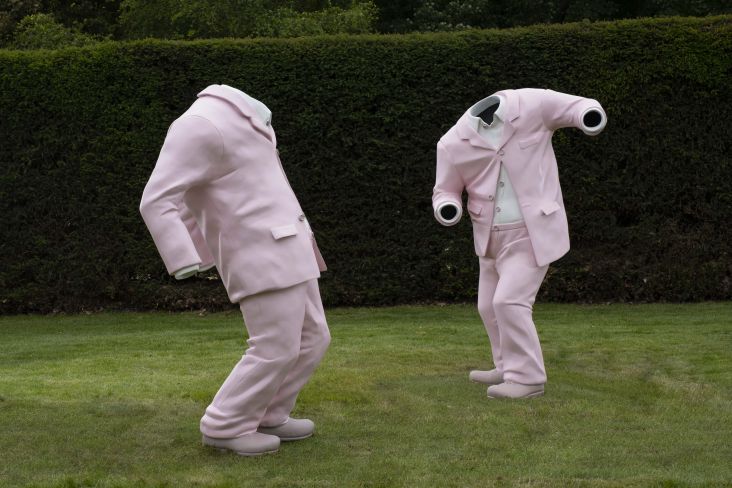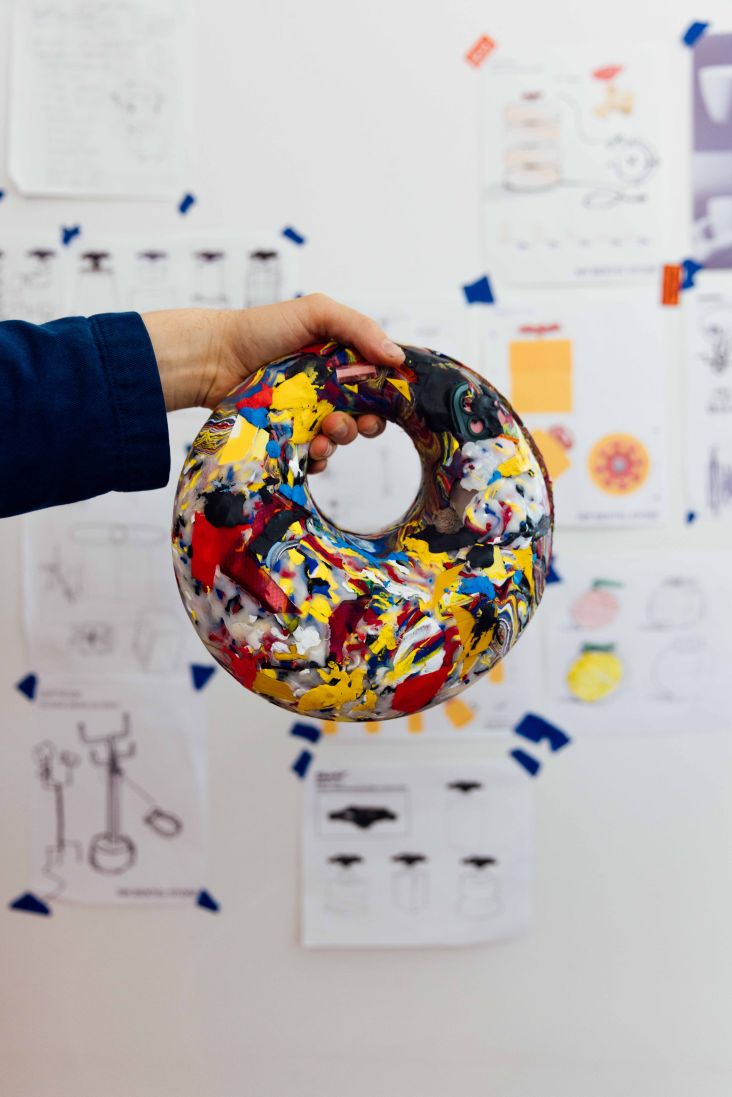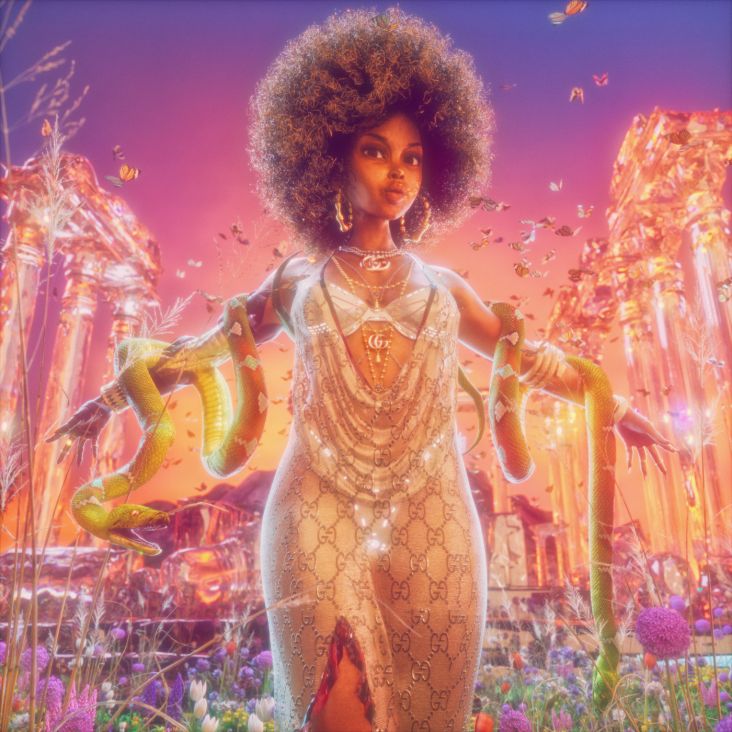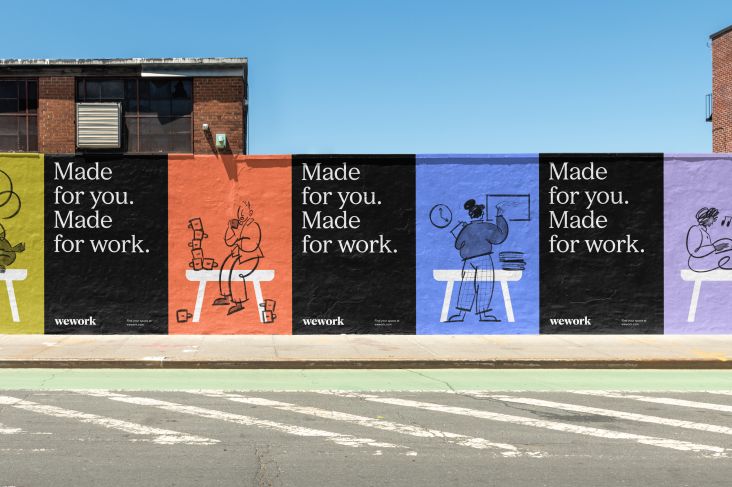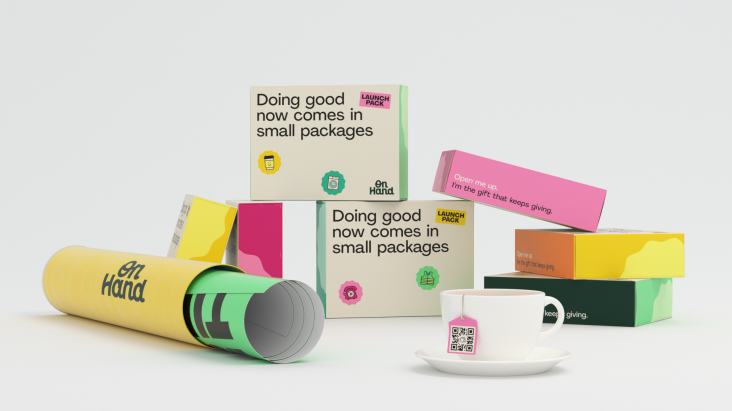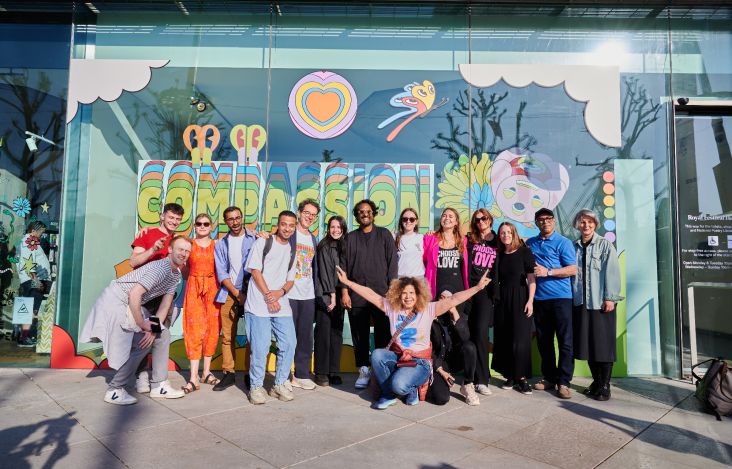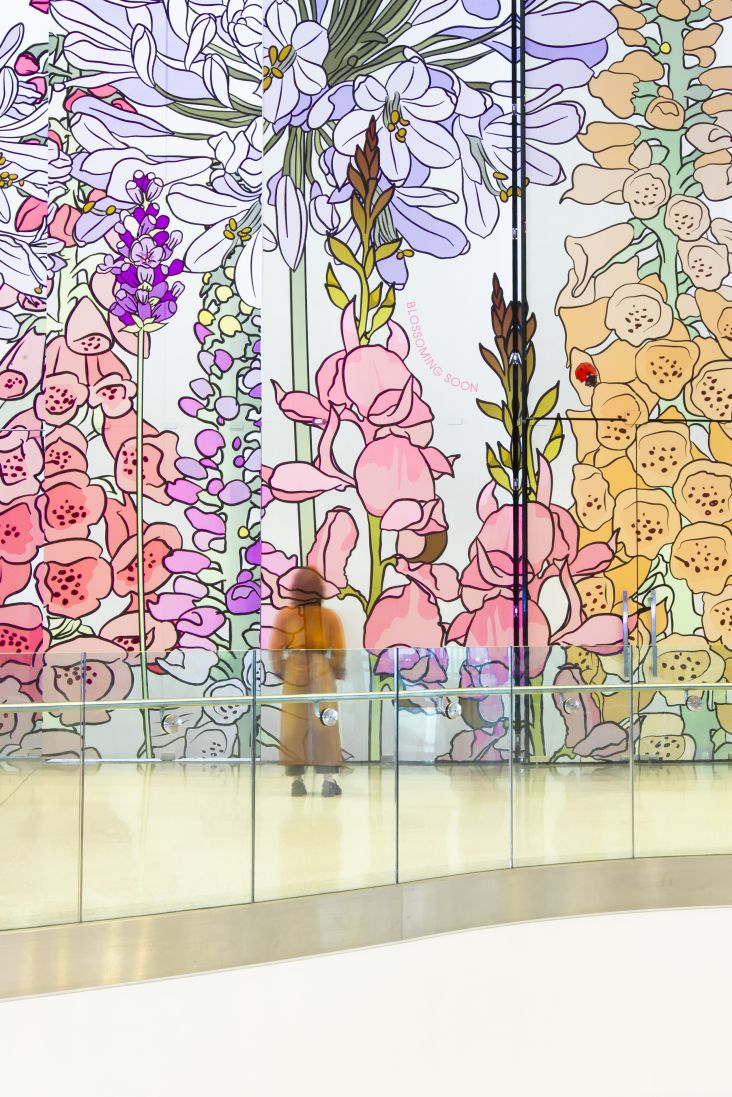Craig Ward has revolutionised the creation of custom fonts with NFTy.pe
World-renowned design director and typographer Craig Ward is shaking up the way fonts are made with NFTy.pe, a revolutionary new platform that has launched today and represents a "top-to-bottom rethink" of the type industry.
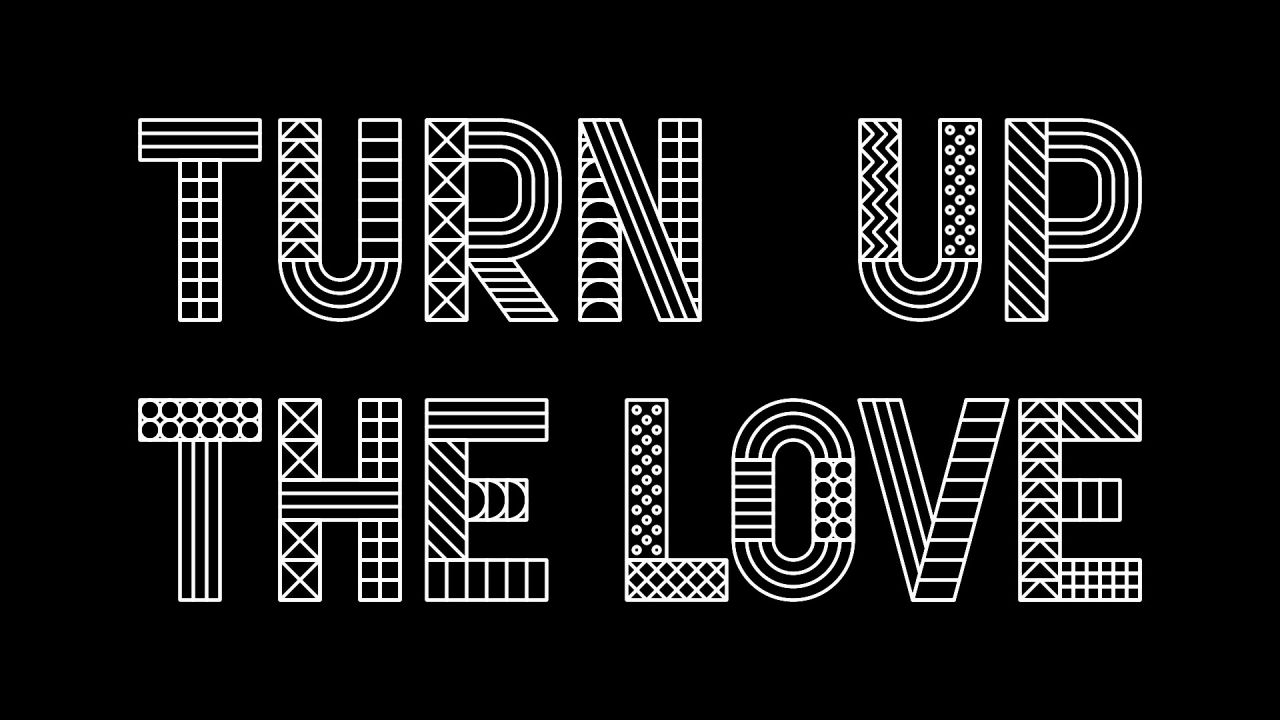
As far as Craig Ward is concerned, the type industry has fallen asleep at the wheel. In his eyes, type has become almost completely commoditised. With possibly millions of fonts out there on various sites, finding the one you're after – or a similar enough variant – has become an easy task. This means that ownership has become poorly policed, if not non-existent.
"The medium of delivery has been in constant evolution, but the ownership model and the one-directional process of type creation has remained stagnant," Craig tells Creative Boom. "NFType really flips the script on all of that and attempts to reimagine the industry from creation to sale."
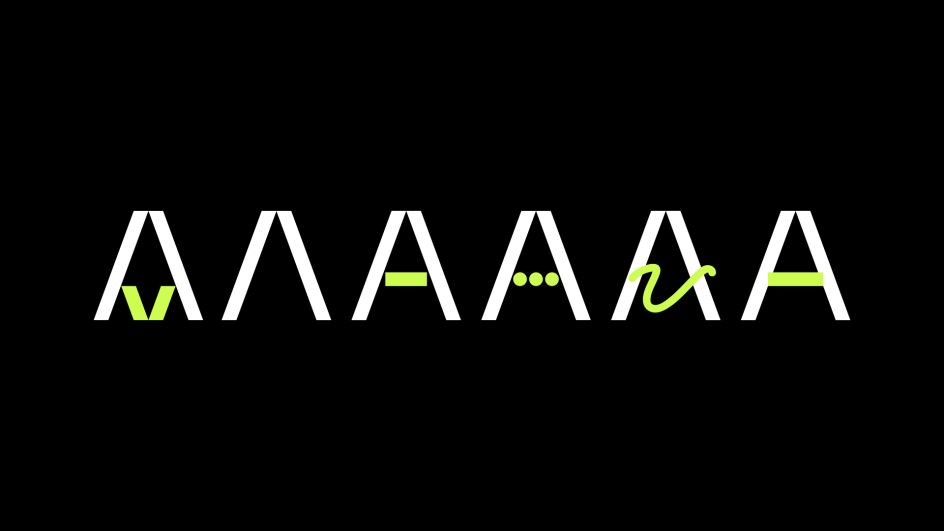
In a nutshell, NFTy.pe uses a combination of modular type design and generative scripts to create fonts with unique visual attributes. The upshot is that no two character sets are exactly the same. And thanks to smart contracts and embedded metadata, ownership is quick and easy to verify.
By adopting this approach, NFTy.pe hopes to solve the problem that designers receive no commission for proposing licensed fonts to their clients. Because each NFTy.pe font can only have one legal owner at a time, whether an individual or a business entity, designers can now sell their work directly to the client, with a percentage of that sale going directly to the studio.
Additionally, there will be no need to deal with crypto as all initial sales will be conducted with fiat currencies such as pounds, dollars and euros. Fonts will be available for one month only in a fixed edition of 1,000, and after that, the only way to acquire them will be through the secondary market. And to allay any environmental concerns, Craig has gone to great lengths to ensure that the whole project will be carbon negative by offsetting more CO2 than it produces.
It's an approach to type design which appears to have hit the ground running, as creatives and studios which have already signed up include Sawdust, Cihan Tamti, Matt Willey, Stefan Hürlemann and Wayne Fearley.
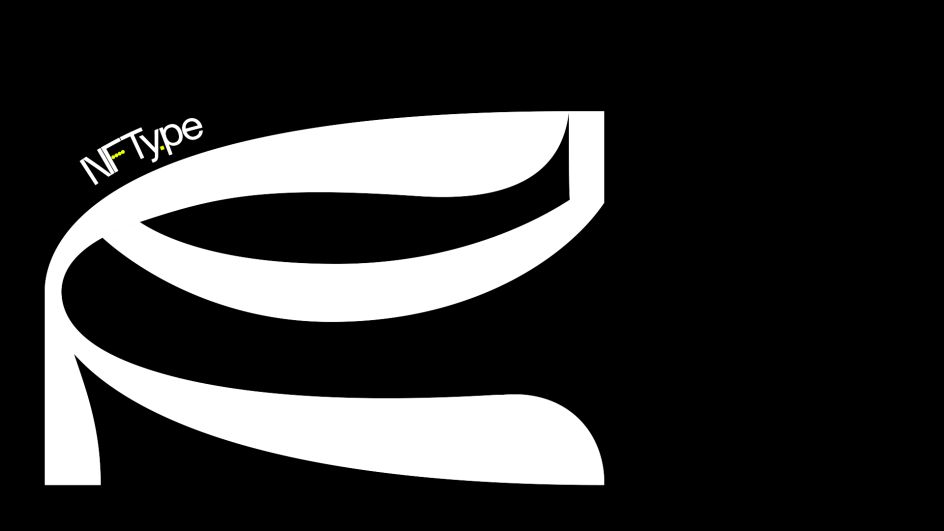
Inspired while creating a brand refresh for Zoom last year, Craig came up with the idea for NFTy.pe while tackling the familiar opponent of designers: time. "It's obviously a major variable in type design, particularly for an org that's present in every territory and required multi-script support," says Craig. "Fonts with that level of support can take years to develop, and they only had a few months.
"Around the same time, I was finishing up a pandemic-era Lego project that I started with my kids, exploring modularity in type design, how many parts does it take to make a typeface, that kind of thing.
"If you're familiar with some of my previous projects, I've always been fascinated by generative processes – both organic/human-made and code-based – and I had a bit of a eureka moment where I thought, could I combine modular type design with generative scripts to expedite the creation of unique fonts?
"The more I explored the concept, the more ideas it suggested, so I reached out to the dev team at Glyphs to help me work on a proof of concept font, and it went from there."
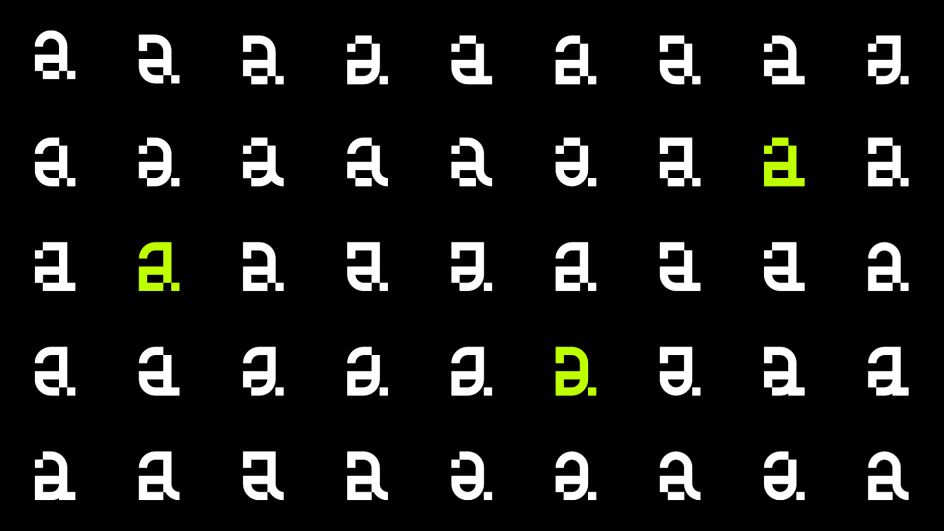
Rebuilding a design sector from the ground up is no easy task, though. "To begin with, we're bringing scarcity to an industry that has never had any kind of a cap on it," Craig reveals. "Each NFTypeface will be released in an edition of 1,000 unique versions available for one month only. Any that aren't sold will be destroyed, and the font will only then be available on the secondary market.
"The generative aspect means no two designers will ever have the same version of a typeface, so that adds a lot of different questions about the role of the type designer here. Traditionally type designers present potential buyers with a finished font, but now it becomes more of an open-ended conversation where there are multiple versions of the font, each with subtle but noticeable differences.
"Then additionally, the new ownership model means designers will actually own that version of that particular font and, as such, if a client wishes to purchase it, they'll do so from them directly. This allows designers to be compensated for their role of the sale of type to clients with the originating studio receiving a small percentage of that secondary sale and subsequent sales."
As Craig points out, according to Monotype's Purchasing Habits survey from 2019, 42% of purchased fonts are never used, and there is no way for creatives to recoup the expenditure. "Instead, they collect digital dust in folders on your hard drive. If you don't have a use for an NFTypeface, you're able to put it back out onto the secondary market and sell it, so that also, I hope, eases the decision-making of whether or not to shell out for this or that new font."
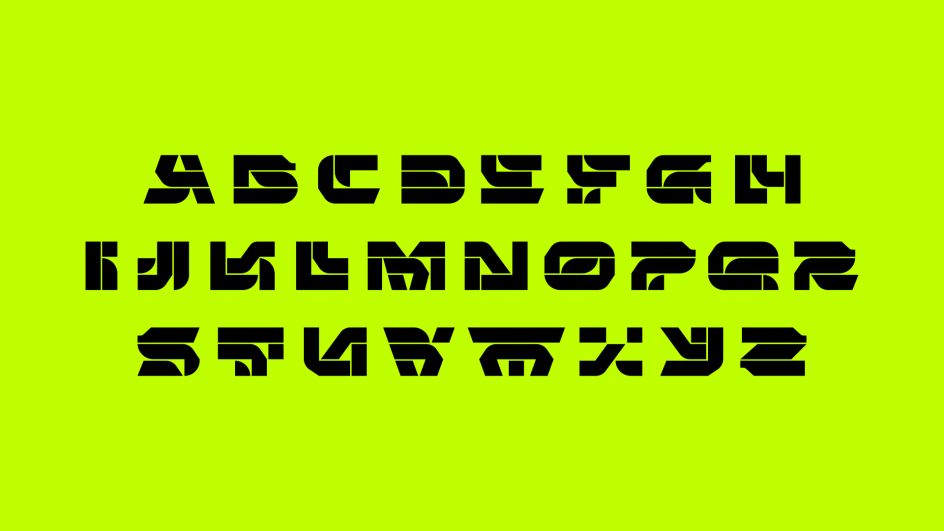
He adds: "It'll really make people think about valuing typefaces differently. In fact, as a whole, I wanted to explore how we value type in both a financial and a cultural sense.
"Sometimes a font transcends the design-sphere and becomes part of popular culture – like in Barbara Kruger's artwork or the Stranger Things title sequence. So if I use an NFTypeface on the next Bad Bunny album cover, it asks the question of whether that font is worth more by association with that."
The NFTy.pe platform is said to be aimed at "tech-forward" designers, as it won't be supplying any tools. If a studio wants to release a font through the platform, though, Craig says they've laid all the groundwork and will be able to take on the heavy lifting in terms of Python coding, font generation and tokenisation. "I hope that foundries and type designers will begin approaching the platform with concepts, and we can partner with them on release."
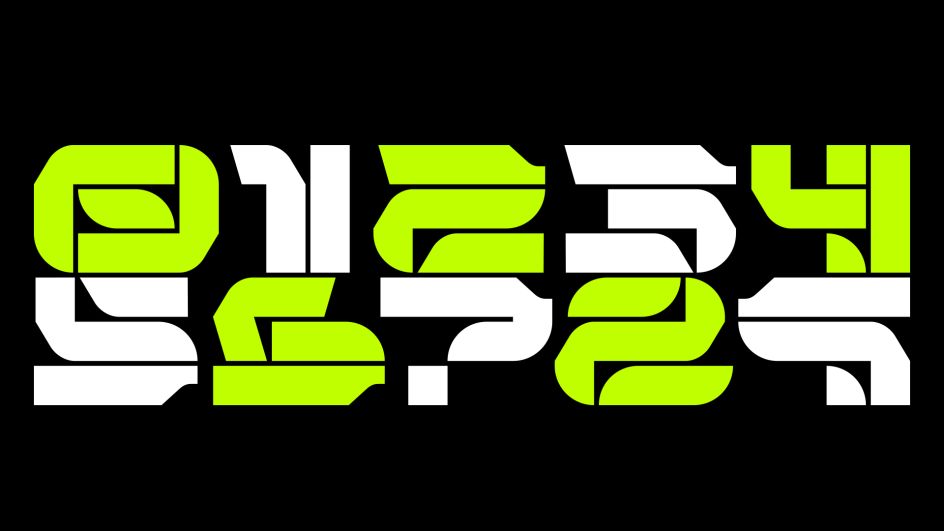
The letters NFT cast a long shadow, especially when it comes to artists. "And with good cause," Craig agrees, but that doesn't mean the principle should be written off entirely. "There's a lot of work to be done to put some distance between the dumpster fire that represents much of the NFT space and projects – like this one – with actual utility."
"I wouldn't vouch for the worth of a lot of what I've seen out there, but the underlying tech – the smart contracts themselves – are actually genius and will be a game changer for any industry where provenance is a key factor – agriculture, property, fashion etc.
"They're also really useful in providing a passive income stream for, in this case, type designers. The smart contracts mean that, on top of the initial sale, the originating designer/studio will receive a percentage share of subsequent sales as the fonts are, hopefully, used, traded and sold to brands and clients.
"Not to over-egg it, but if someone bought a Picasso from the artist in 1900 for a few pesetas and then sold it 50 years later for several million, all of that profit stays with the buyer. None of that would go to the artist or his estate. A smart contract means a percentage of subsequent sales can be given to the originating artist – or, in our case, type designer."
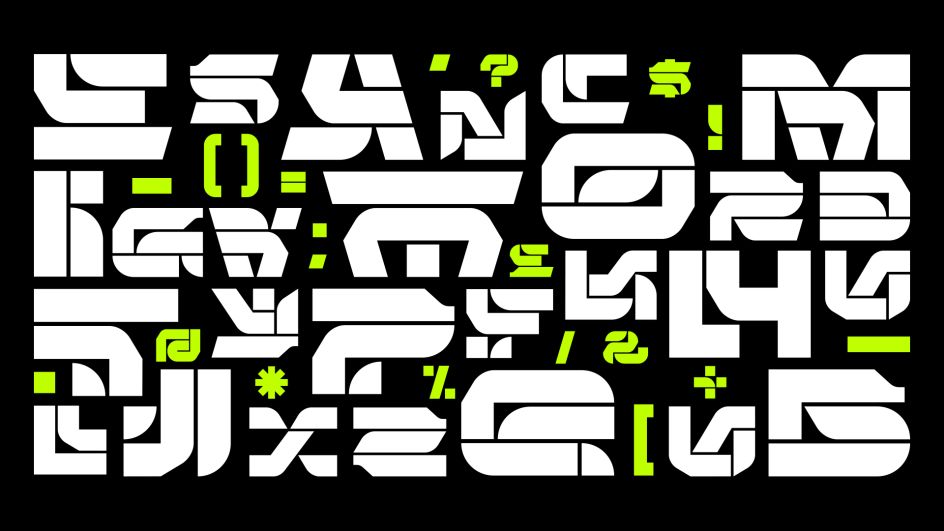
As for the carbon neutral aspect, this was a very important part for Craig. "I wouldn't be putting it out into the world if I didn't think it could be a net positive both for the industry and the planet," he says.
"At the end of each release, we'll conduct an audit of the carbon footprint of the release and will work with Just One Tree to make sure we plant enough trees to, at a minimum, offset the carbon emissions but ideally to offset more than that, making it carbon negative. A sold-out release might see as many as 2,500 trees planted, which can't be a bad thing."
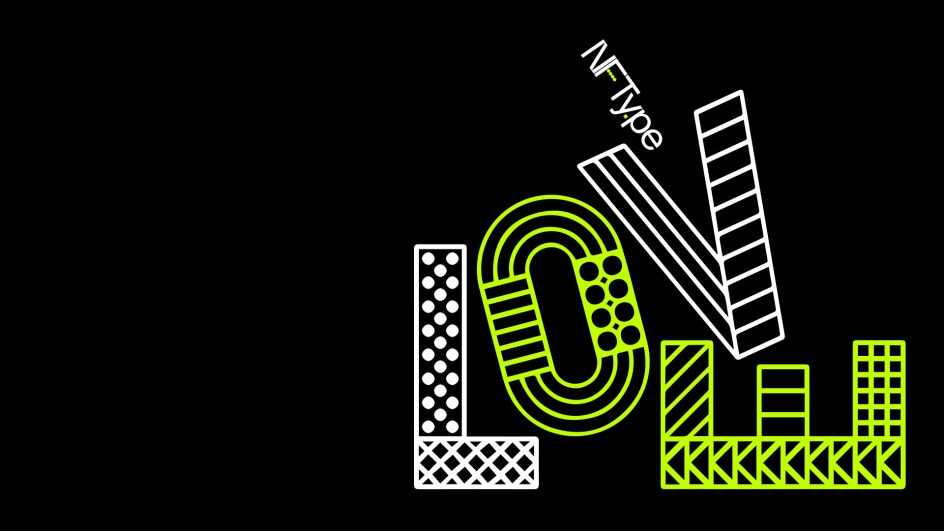
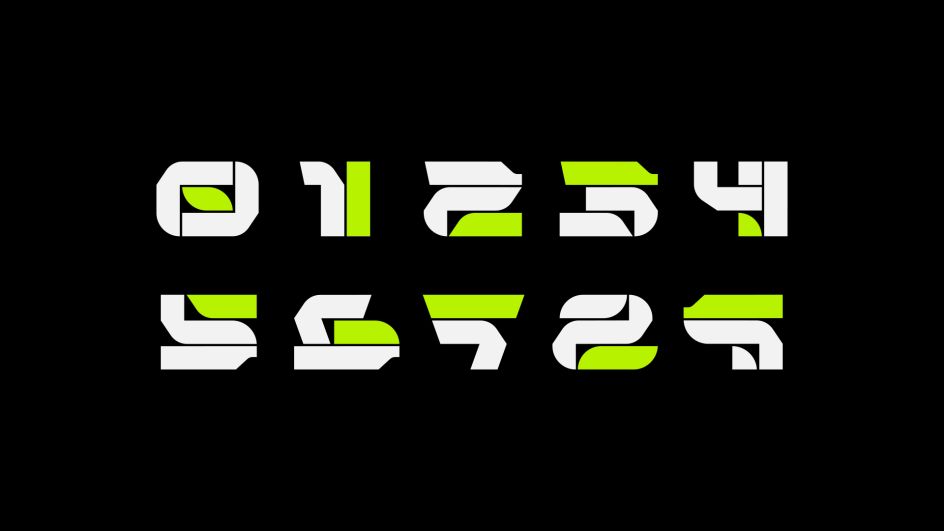









](https://www.creativeboom.com/upload/articles/86/862919952c0ad18439004228895a431dc6e45ffc_732.jpg)




